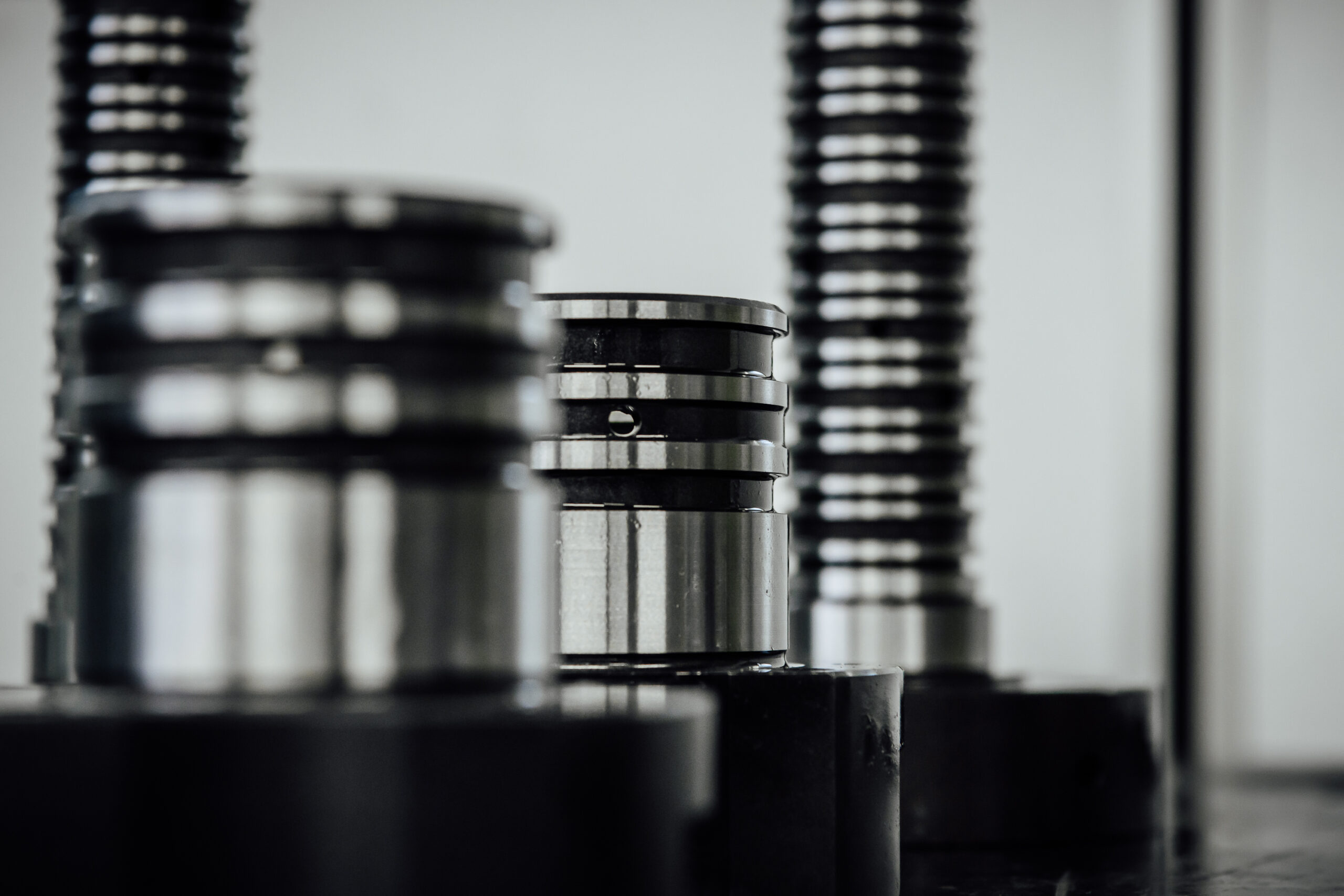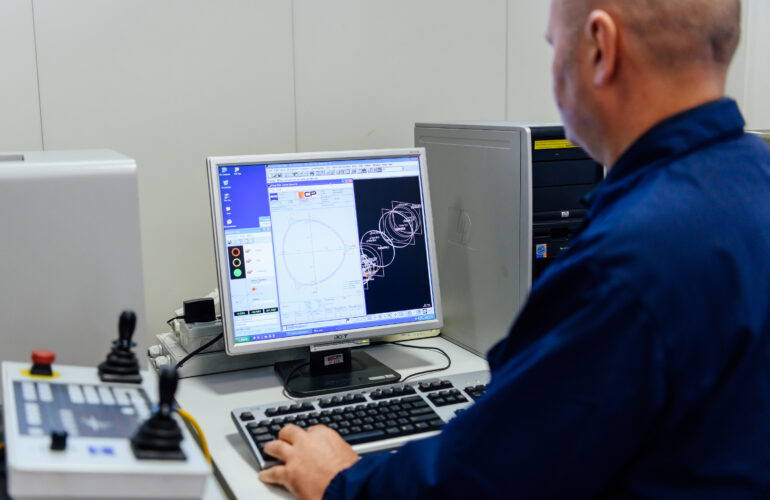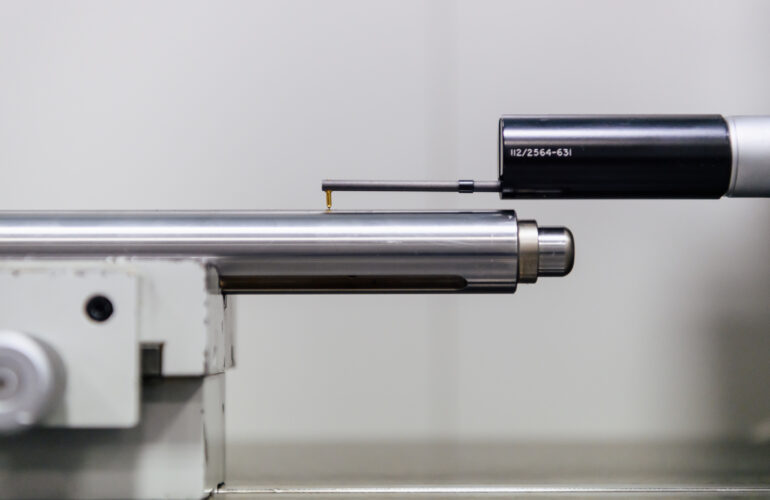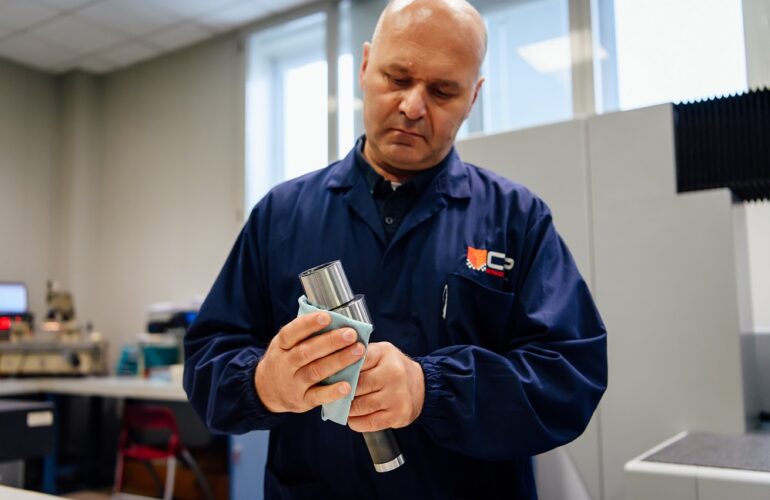We conclude the series of articles dedicated to “heat treatments in precision mechanics” with the third and last part of this study.
Part One: reclamation, carbonituration and cementation
Part Two: Nitriding and Normalization
Heat treatments: annealing
Annealing is a heat treatment that modifies the physical, and sometimes even chemical, properties of a material in order to increase its ductility and reduce its hardness to make it more workable. In steels, annealing is used to reduce hardness, increase ductility and help eliminate internal stresses. Annealing is a generic term and can refer to subcritical, intermediate or complete annealing in a variety of atmospheres.
Annealing heat treatment requires the material to exceed its recrystallization temperature for a certain period of time before cooling. The cooling rate depends on the types of metals being annealed, for example, ferrous metals such as steel are usually left to cool to room temperature in still air, while copper, silver and brass can be cooled slowly in air or quickly turned off in water.
The heating process causes atoms to migrate into the crystal lattice, and the number of dislocations is reduced, which leads to a change in ductility and hardness. The heat-treated material recrystallizes as it cools. The grain size of the crystal and the composition of the phase depend on the rates of heating and cooling, and these, in turn, determine the properties of the material.
Hot or cold processing of metal pieces after annealing once again alters the structure of the material so additional heat treatments may be required to achieve the desired properties.
Heat treatments: hardening
Hardening is a heat treatment that improves the toughness of hard and brittle steels so that they can withstand during processing. Hardening requires the metal to reach a temperature lower than what is called the lowest critical temperature: depending on the alloy, this temperature can range from 400-1,300 °F.
Once the steel reaches its lowest critical temperature, it is kept at that point for a predetermined period of time. The type of steel determines what the critical temperature is and how long they need to keep the material at that temperature.
When hardened, steel is characterized by a high level of hardness and low tenacity properties. A subsequent treatment is therefore necessary to produce a more or less profound modification of the hardening martensitic structure, eliminating its stresses and fragility.
This treatment, known as tempering, includes heating to a temperature below AC1, keeping at this temperature for a certain time, and finally cooling to room temperature in an appropriate medium.




